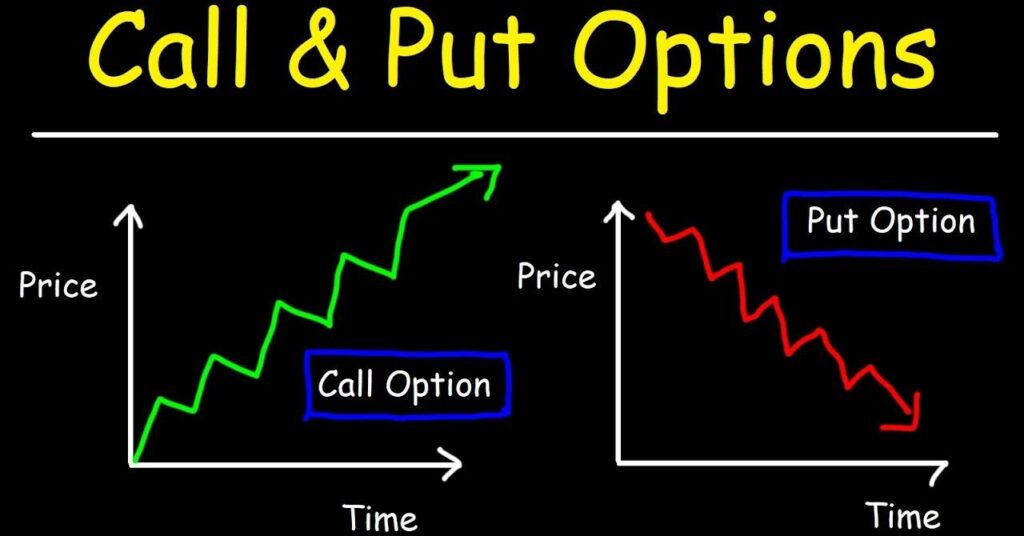As a trader, you need to be aware of all the different types of options and their respective uses. In this blog post, we will focus on puts and calls. Puts are used when you think the price of the underlying security is going to go down, while calls are used when you think the price of the underlying security is going to go up. There are two types of options: equity and index. Equity options are options on individual stocks, while index options are options on stock market indices. Let’s take a closer look at each type!
Puts and calls are important tools for any trader, as they allow you to manage your risk and capitalize on market trends. Understanding the differences between these two types of options is critical for success in trading.
At its core, a put option provides you with the right to sell a specific asset at a specified price, known as the strike price. This can be a great way to hedge against market volatility, as it allows you to protect your position if the price of a security falls. For example, if you own shares in Company A and are concerned that they may drop in value, you could buy put options on that stock to help offset any potential losses.
On the other hand, call options enable you to buy a specific asset at a specified price. This can be a great way to take advantage of upward market trends, as it gives you the right to purchase assets at a price below their current market value. For example, if you believe that Company A’s stock is likely to rise in value in the near future, you could purchase call options on that stock to potentially profit from its appreciation.
Ultimately, whether you use puts or calls will depend on your individual trading strategy and risk tolerance. However, it is important to have a strong understanding of both options in order to be successful as a trader. With the right knowledge and tools, you can successfully manage your risk and capitalize on market trends.
Equity and index options are two of the most important types of options for traders to be aware of. Equity options, which are options on individual stocks, can provide a way to hedge against market volatility and profit from upward trends in stock prices. On the other hand, index options allow you to take advantage of broader market movements and can be used as part of a diversified trading strategy. With a strong understanding of the fundamentals and risks associated with both types of options, you can successfully navigate the trading landscape and maximize your profits. So if you’re looking to start trading options, be sure to consider both equity and index options as part of your strategy!
If you’re studying this information for the Series 7 exam, then you may want to focus on the key concepts of puts and calls, including their use in hedging against market volatility and profiting from upward trends. Other important topics to cover include equity vs. index options, as well as the risks associated with each type of option. These and many other topics will be covered on the exam. Achievable offers the ability to practice Series 7 questions for free to prepare you for the Series 7 Exam. Good luck on your studies!






